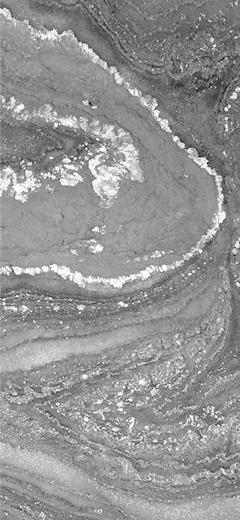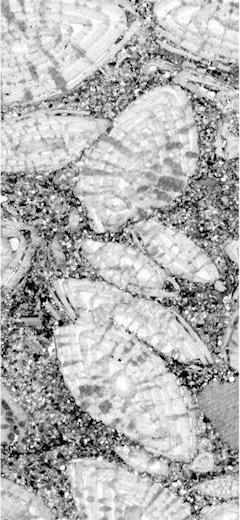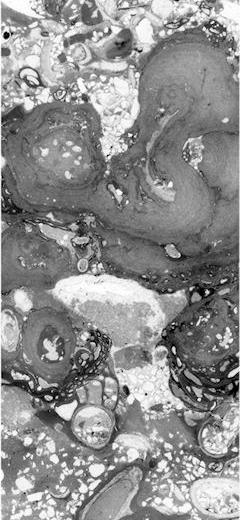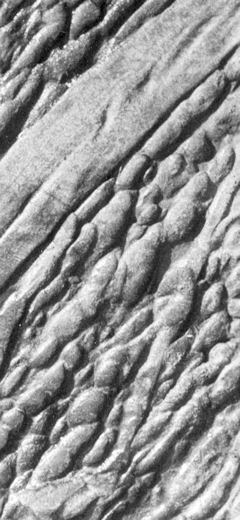ASGP (2025), vol. 95: 119–140
LATE JURASSIC PLANT FOSSILS FROM WÓLKA BAŁTOWSKA (HOLY CROSS MOUNTAINS, POLAND)
Maria Barbacka (1,2*), Jadwiga Ziaja (1), Przemysław Gedl (3) & Grzegorz Pacyna (4)
1) W. Szafer Institute of Botany, Polish Academy of Sciences, Lubicz 46, 31-512 Kraków, Poland; e-mail: maria.barbacka@gmail.com, m.barbacka@botany.pl; j.ziaja@botany.pl
2) Hungarian National Museum Public Collection Center - Hungarian Museum of Natural History, Botanical Dep., Pf. 137, Budapest H-1431, Hungary
3) Institute of Geological Sciences, Polish Academy of Sciences, Senacka 1, 31-002 Kraków, Poland; e-mail: ndgedl@cyf-kr.edu.pl
4) Jagiellonian University, Faculty of Biology, Institute of Botany, Department of Taxonomy, Phytogeography and Palaeobotany, Gronostajowa 3, 30-387 Kraków, Poland; e-mail: grzegorz.pacyna@uj.edu.pl
*) Corresponding author
Barbacka, M., Ziaja, J., Gedl, P. & Pacyna, G., 2025. Late Jurassic plant fossils from Wólka Bałtowska (Holy Cross Mountains, Poland). Annales Societatis Geologorum Poloniae, 95: 119–140.
Abstract: Plant fossils were studied in samples from the Upper Jurassic (lowermost Kimmeridgian) locality at the village of Wólka Bałtowska in the Holy Cross Mountains (Góry Świętokrzyskie), collected in the 20th century by Jerzy Liszkowski. Eight macrofossil taxa were recognized: an indeterminate sphenophyte, a fern cf. Gleichenites cycadina, seed fern Ptilozamites cycadea, conifers, Brachyphyllum mamillare with female cone scales and male cones, containing Araucariacites and Callialasporites pollen grains in situ in pollen sacs, Brachyphyllum crucis and probably its male cone, Pagiophyllum araucarinum, an unassigned conifer male cone, and the gymnosperms incertae sedis Pseudotorellia solida sp. nov. and Taeniatus elongatus. The latter was for the first time found with a preserved cuticle, enabling emendation of the generic and specific diagnosis. Additional data, from the palynological analysis of six samples that yielded organic-walled dinoflagellate cysts (dinocysts) and sporomorphs, as well as rich phytoclast assemblages, including large cuticle remains, complement the vegetation picture and allow reconstruction of the palaeoenvironmental conditions. Palynological analysis confirms that the plant-bearing limestones were deposited in a nearshore, presumably shallow-marine sedimentary setting. Interpretation of the macroremains indicates that nearby land (probably an island) was covered by vegetation, typical for a nearshore marine-influenced zone, while some sporomorphs were probably transported (from inland or the vicinity).
Manuscript received 31 January 2025, accepted 4 August 2025









